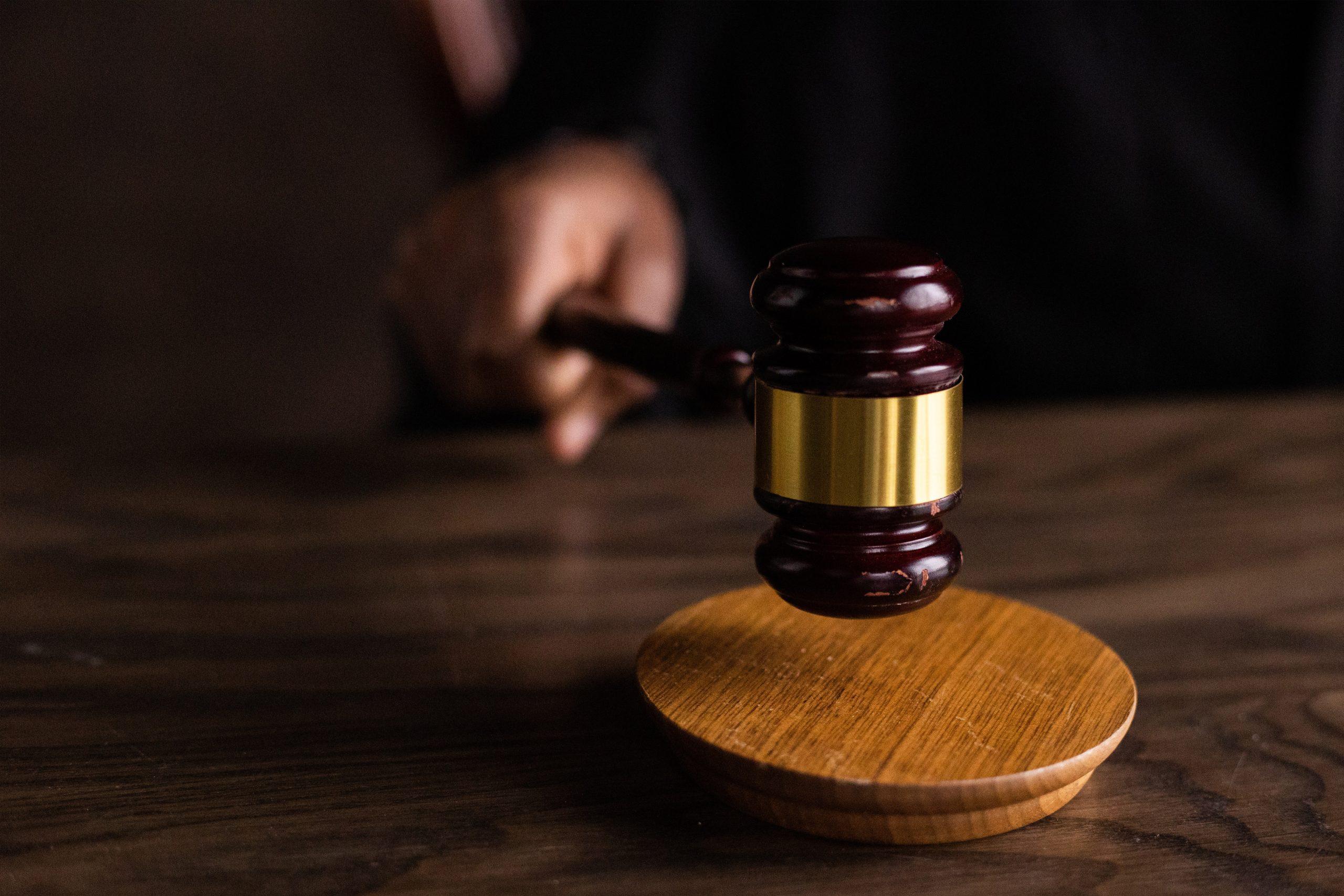If there is a Domestic Violence Restraining Order issued against you, and you are ordered to stay away from your X, are you allowed to take the deposition of the X and attend the deposition?
That was an issue in the 2019 unpublished case of Jensen v. Superior Court. [B295875;10-03-2019.] In that case, after a divorce and a DV order, the couple were in the civil court suing each other over invasion of privacy and comptuer hacking. The Trial Court denied to allow the person against whom the Restraining Order was issued to attend the Deposition of the Protected Person. The Court of Appeal reversed the order of the Trial Court allowing the person to attend but with protective steps in place.
The Appellate court looked at the Code of Civil Procedure section 2025.420, which allows the court to issue protective orders for good cause shown, when justice requires to protect any person from unwarranted annoyance, embarrassment, or oppression, or undue burden and expense. The court pointed out the § 2025.420, subd. (b)(12) that specifically states the parties to the action cannot be excluded from attending the deposition. The court said, however, that right to attend is not absolute. “When countervailing court orders or statutes exist, such as the restraining order in this case issued under the DVPA, the right to attend a deposition in person may be infringed.”
The Appellate Court held that the “Ends of Justice required the party against whom the order was issued be permitted to attend the deposition under the Least Restrictive Means necessary to protect the protected party.” “To find the compelling circumstances necessary to bar a party from attending a deposition, there must first be consideration of potential steps short of that severe remedy.”
The Appellate Court suggested some protective steps: (1) use of the court appointed monitor; (2) Staggering the ingress and egress of parties from the deposition to avoid any contact outside of the deposition; (3) Take the deposition in a neutral place like a conference room.
There you have it. Now, how do you do this. First try to get a stipulation and proposed order with the opposing counsel. Failing that, file a motion to modify the restraining order to allow you to attend with the protective steps. The court did not decide whose burden it was to seek an order. Whether it was the protected party who had the burden to file for a Protective Motion or if it was the party against whom the restraining order was issued to file a motion to amend the protective order.
Last, this case is an unpublished decision. It cannot be cited for its holding but it can used for guidance on how to do things.





